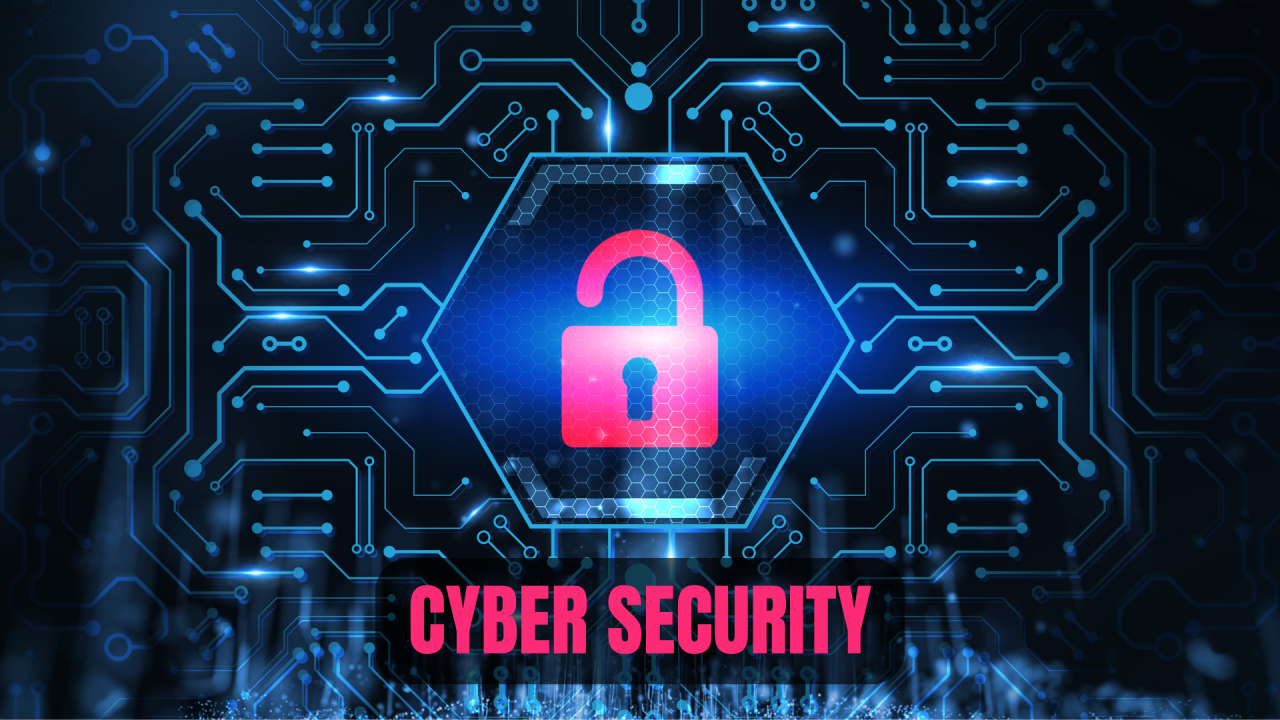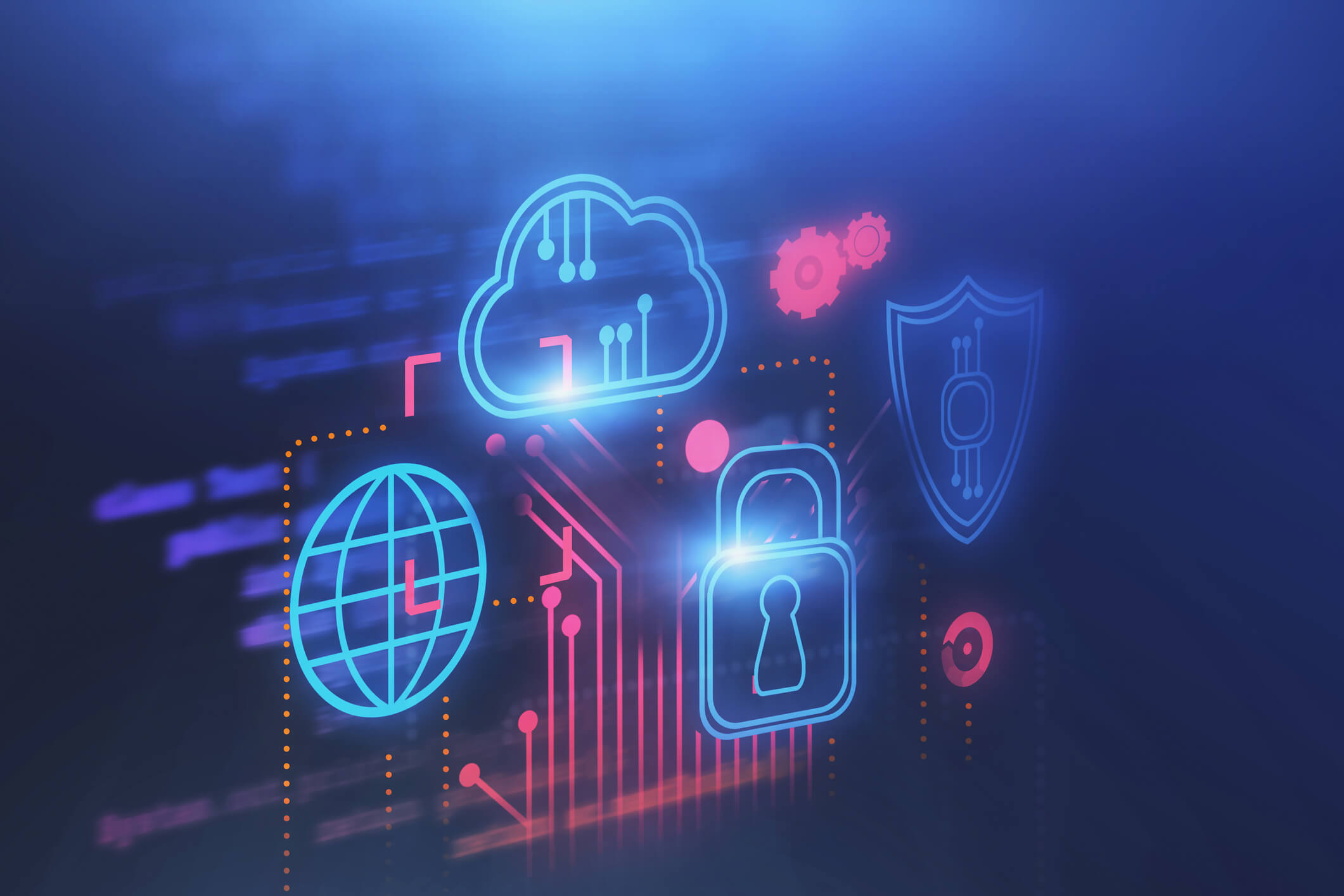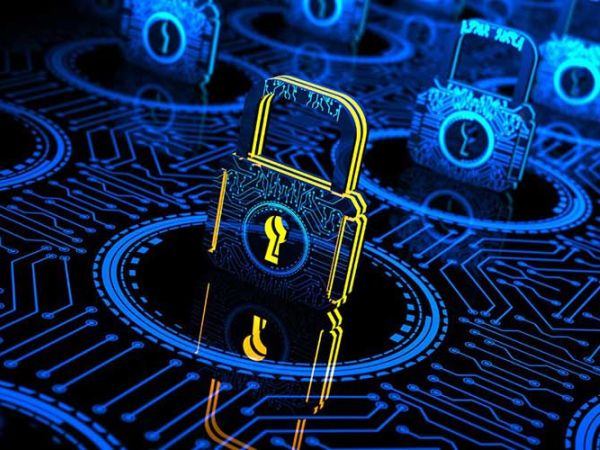Key Takeaways
| ⚡ Cybersecurity threats in 2024 are more sophisticated than ever, with AI-powered attacks, ransomware, and state-sponsored cyber warfare becoming more common. |
| ⚡ Businesses and governments are adopting zero-trust architecture, AI-driven defenses, and blockchain technology to mitigate evolving cyber threats. |
| ⚡ The rise of *ransomware-as-a-service* (RaaS) is making it easier for cybercriminals to launch sophisticated attacks, targeting critical infrastructure, healthcare systems, and financial services. |
| ⚡ Strong cybersecurity policies, government regulations, and international cooperation are crucial for combating state-sponsored cyberattacks and securing global digital infrastructure. |
Cybersecurity Threats and Solutions – 2024: Defending Against a New Era of Digital Attacks
In 2024, the world is facing an unprecedented rise in cybersecurity threats, with attacks becoming more frequent, complex, and damaging. From ransomware-as-a-service (RaaS) to AI-driven cyberattacks, cybercriminals are finding new ways to exploit vulnerabilities in digital infrastructure. State-sponsored hacking groups are also stepping up their activities, targeting government institutions, healthcare systems, critical infrastructure, and financial services. As digital transformation continues to accelerate, so does the need for advanced cybersecurity solutions to protect sensitive data, networks, and systems.
The rapid evolution of these threats has led to a surge in innovative defense mechanisms. Companies and governments are adopting cutting-edge cybersecurity strategies such as zero-trust architecture, AI-powered security platforms, and blockchain-based security protocols. As the world becomes more interconnected, the stakes are higher than ever. In this post, we’ll explore the top cybersecurity threats of 2024 and the most effective solutions being implemented to combat them.

"The cybersecurity landscape is more dangerous than ever," says Emily Sanders, Chief Security Officer at TechSecure. "We’re seeing a rise in sophisticated, AI-driven attacks that require constant vigilance and next-gen security solutions to stay ahead."
"Cyberattacks are evolving at a breakneck pace. Only by adopting proactive and advanced cybersecurity measures can businesses and governments hope to stay protected."
Ransomware: A Persistent and Evolving Threat
Ransomware continues to be one of the most destructive and financially damaging cybersecurity threats in 2024. Cybercriminals use ransomware to encrypt a victim’s data, demanding payment in cryptocurrency to release it. The rise of *ransomware-as-a-service* (RaaS) has made these attacks more accessible to less-skilled hackers, leading to a surge in incidents. In addition to targeting large corporations and financial institutions, ransomware groups are increasingly focused on critical infrastructure, healthcare organizations, and government agencies, where the impact of an attack can be catastrophic.
Recent high-profile ransomware attacks have brought entire cities to a standstill and disrupted the operations of major energy companies, costing billions in damages. To combat this threat, companies are adopting multi-layered defenses, including regular data backups, employee training to prevent phishing, and ransomware detection tools. Law enforcement agencies around the world are also stepping up their efforts to crack down on RaaS platforms and arrest high-profile cybercriminals.

State-Sponsored Cyber Warfare: The New Frontline
In 2024, state-sponsored cyber warfare has become one of the biggest challenges facing global cybersecurity. Nation-states are using cyberattacks as a tool for espionage, sabotage, and political influence, targeting critical infrastructure, military systems, and government networks. Cyber warfare campaigns often involve the theft of intellectual property, interference in elections, and the disruption of essential services like electricity, water supply, and healthcare.
Tensions between global powers, including the U.S., China, Russia, and North Korea, have resulted in an increase in state-sponsored attacks. In response, countries are investing heavily in cybersecurity infrastructure, establishing dedicated cyber defense units, and strengthening international partnerships to share intelligence on cyber threats. One of the most effective strategies has been to implement *zero-trust security*, which assumes that all users, even those inside the network, could be compromised, and therefore requires strict verification at every access point.
AI-Driven Cyberattacks: A Growing Threat
Artificial intelligence (AI) is not only being used to defend against cyberattacks, but it's also being employed by cybercriminals to launch more sophisticated and targeted attacks. In 2024, AI-powered hacking tools can analyze vast amounts of data, identify system vulnerabilities, and launch attacks faster and more effectively than ever before. AI is particularly useful for automating phishing campaigns, where malicious actors can craft convincing emails or text messages that trick users into revealing sensitive information.
On the defense side, AI is being used to analyze network traffic in real-time, identify anomalies, and predict potential threats before they happen. Machine learning algorithms can adapt to new attack patterns, improving their effectiveness over time. AI-driven cybersecurity platforms are becoming a standard tool for businesses and governments, offering predictive analytics, threat detection, and automated incident response.
Zero-Trust Architecture: A New Standard in Cybersecurity
As cybersecurity threats continue to evolve, many organizations are adopting *zero-trust architecture* as a fundamental part of their defense strategy. Zero-trust security operates on the principle that no one, whether inside or outside the network, can be trusted by default. Every user, device, and application must be continuously verified, with strict access controls in place.
In 2024, zero-trust security has become essential for businesses with remote workforces and cloud-based infrastructure. This approach reduces the attack surface by ensuring that only authorized users can access critical systems and data. Multi-factor authentication (MFA), network segmentation, and end-to-end encryption are key components of a zero-trust strategy, providing an extra layer of protection against cyberattacks.
Blockchain Security: Enhancing Data Integrity
Blockchain technology is gaining traction as a solution for enhancing cybersecurity, especially in sectors like finance, healthcare, and supply chain management. Blockchain's decentralized nature and use of cryptography make it an ideal tool for securing transactions, protecting sensitive data, and verifying digital identities. In 2024, blockchain is being used to secure everything from digital contracts and medical records to supply chain logistics.
One of the key benefits of blockchain is its ability to create an immutable record of transactions, which can be verified by multiple parties. This prevents data tampering and unauthorized access, making blockchain-based systems more resilient to cyberattacks. Additionally, decentralized finance (DeFi) platforms are using blockchain to secure financial transactions without the need for traditional banks, offering a more transparent and secure way to manage digital assets.
Government Regulations and International Cooperation
Governments around the world are recognizing the need for stronger cybersecurity regulations and international cooperation to combat the growing threat of cyberattacks. In 2024, the European Union's *General Data Protection Regulation (GDPR)* continues to set the global standard for data protection, with heavy fines for companies that fail to safeguard user data. The U.S. government has introduced stricter cybersecurity guidelines for critical infrastructure and passed new laws to address ransomware and data breaches.
International cooperation is also crucial in the fight against state-sponsored cyber warfare and cross-border cybercrime. Organizations like NATO and the United Nations are working to establish global cyber norms and improve the sharing of intelligence on cyber threats. The *Budapest Convention on Cybercrime* remains a key international treaty aimed at harmonizing cyber laws across borders and enhancing cooperation in the investigation and prosecution of cybercriminals.
Key Cybersecurity Solutions for 2024
- Zero-Trust Architecture – A security model that requires continuous verification of every user and device, limiting access to critical systems and data.
- AI-Powered Cybersecurity – AI-driven tools for real-time threat detection, network monitoring, and predictive analytics to stay ahead of sophisticated cyberattacks.
- Ransomware Protection – Multi-layered defenses that include regular data backups, employee training, and ransomware detection tools to prevent and mitigate attacks.
- Blockchain Security – Decentralized technology that ensures data integrity, secures transactions, and prevents unauthorized access through cryptography.
- Government Regulations – Stronger cybersecurity laws and regulations to protect data, infrastructure, and combat the rise of ransomware and state-sponsored cyberattacks.
These solutions are helping businesses and governments stay ahead of evolving cyber threats, ensuring that their data, networks, and systems remain secure in an increasingly connected world.
Which Cybersecurity Solution Do You Think Is Most Important?
Vote on the cybersecurity measure you believe is the most effective in preventing future attacks:
Cybersecurity Threats and Solutions Information
Key Focus: Ransomware, AI-Driven Attacks, Zero-Trust Security, Blockchain, Cyber Warfare
Key Players: Governments, Cybersecurity Firms, AI Researchers, Blockchain Innovators
Year: 2024
Primary Goals: Protect Digital Infrastructure, Prevent Data Breaches, Combat State-Sponsored Attacks





.jpg)

.jpg)

.jpg)